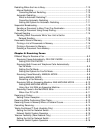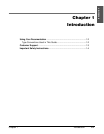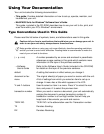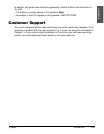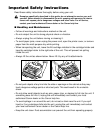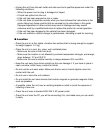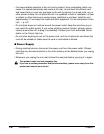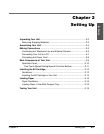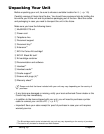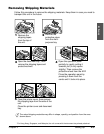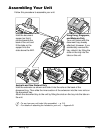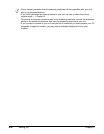
Chapter 1 Introduction 1-5
Introduction
• Unplug the unit from the wall outlet and refer service to qualified personnel under the
following conditions:
– When the power cord or plug is damaged or frayed.
– If liquid has spilled into the unit.
– If the unit has been exposed to rain or water.
– If the unit does not operate normally when you have followed the instructions in this
guide. Adjust only those controls that are covered by the instructions in this guide.
Improper adjustment of other controls may result in damage and may require
extensive work by a qualified technician to restore the product to normal operation.
– If the unit has been dropped or the cabinet has been damaged.
– If the unit exhibits a distinct change in performance, indicating a need for servicing.
■ Location
• Place the unit on a flat, stable, vibration-free surface that is strong enough to support
its weight (approx. 5.1 kg).
• Place the unit in a cool, dry, clean, well ventilated place.
– Make sure the area is free from dust.
– Make sure the location is not affected by extreme temperature changes, and always
stays between 10° and 32.5°C.
– Make sure the area’s relative humidity is always between 20% and 85%.
• Keep the unit away from direct sunlight as this can damage it. If you have to place it
near a window, install heavy curtains or blinds.
• Do not use the unit near water. Make sure that no wet or humid objects come into
contact with the unit.
• Do not use or store the unit outdoors.
• Do not install the unit near devices that contain magnets or generate magnetic fields,
such as speakers.
• If possible, place the unit near an existing telephone outlet to avoid the expense of
installing a new one.
• Place the unit near a standard 200–240 V AC power outlet.
• Place the unit near the PC you will be connecting it to, and make sure you can reach
it easily.




